The Growing Influence of Tiny Homes on Housing Trends
The growing influence of tiny homes on the housing market is undeniable.
Across the United States, more and more people are opting to downsize their living spaces to pursue a simpler, more sustainable lifestyle. As tiny homes become increasingly popular, their impact on the housing industry is evident.
This blog post will explore the advantages and drawbacks of this new trend, as well as its potential implications for the future of housing markets.
Defining tiny homes
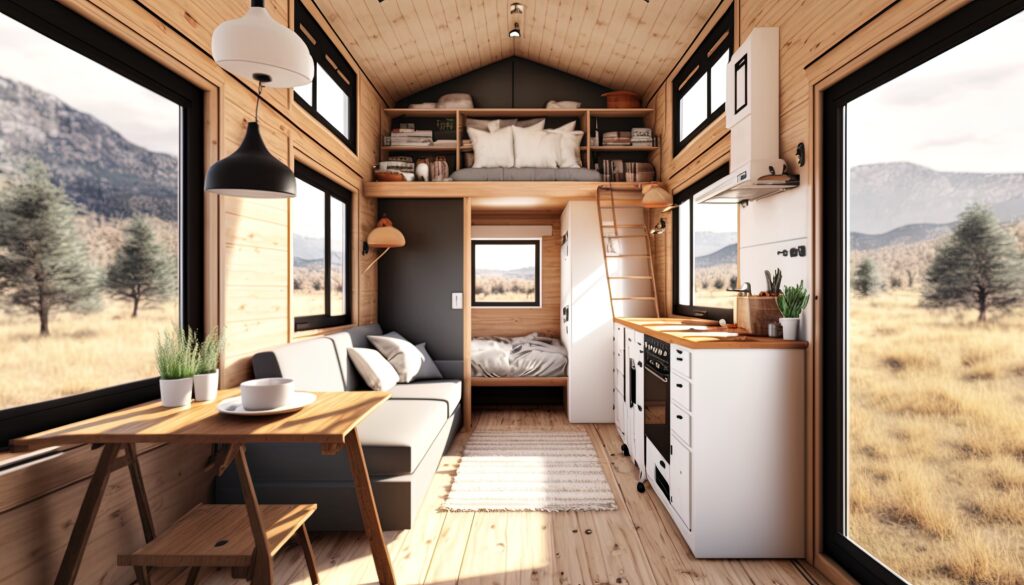
If you’ve been browsing online or watching HGTV lately, you may have stumbled upon the concept of tiny homes. So, what are they?
Tiny homes are exactly what they sound like – compact, cozy living spaces that range anywhere from 80 to 400 square feet. These homes are often designed to maximize every inch of space, utilizing creative solutions such as lofted bedrooms and multi-functional furniture.
But, why are tiny homes becoming so popular? One reason is the growing desire to simplify our lives and live with less. In a world where bigger is often seen as better, many people are finding that they can live happier, more fulfilled lives in a smaller space.
Not only that, but tiny homes also offer an opportunity to reduce our impact on the environment. By building homes that require fewer resources to construct and maintain, we can help to preserve the planet for future generations.
While tiny homes may not be for everyone, they are certainly worth considering if you’re in the market for a new home. They offer a unique way of living that can help you to live more intentionally, more sustainably, and perhaps even more affordably. As you consider your housing options, take a moment to explore the world of tiny homes – who knows, you may just fall in love with their charm and simplicity!
They’re changing the way we think about space
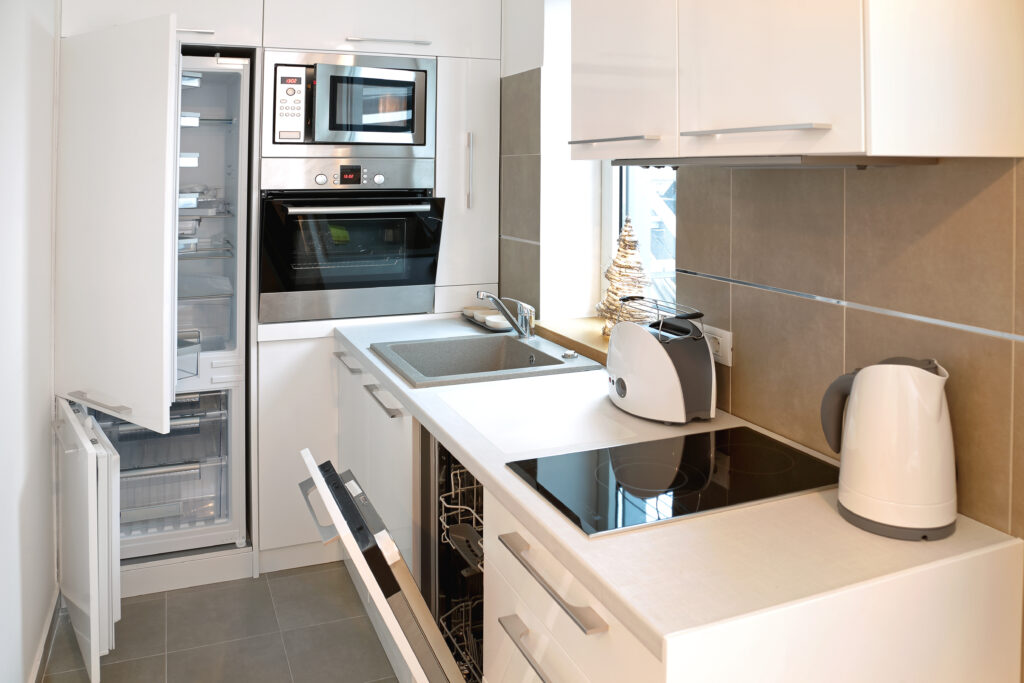
Gone are the days when we believed that we needed a sprawling mansion to be happy.
Tiny homes are changing the way we think about space, and it’s not just because they’re small. These cozy abodes force us to consider what we really need and value in a home.
Think about it – do you really need a guest bedroom that sits empty most of the year? Or a formal dining room that’s only used for special occasions? Tiny homes require us to consider how we use space, and to make every square foot count. This has led to a renewed focus on multipurpose furniture, hidden storage solutions, and thoughtful design.
But it’s not just about being efficient with space. Tiny homes have also given us a new appreciation for the outdoors. Many tiny homes feature large windows, patios, and decks that blur the line between indoor and outdoor living. With less interior space, we’re encouraged to spend more time in nature, enjoying fresh air and natural beauty.
Moreover, tiny homes challenge our assumptions about what a home should be. They show us that we don’t need to adhere to traditional housing norms to have a fulfilling and happy life. A tiny home might not be for everyone, but its existence opens up a world of possibilities for those seeking an alternative to the status quo.
The impact of tiny homes on our housing market goes beyond their size or cost. They’re changing the way we think about space and what it means to truly feel at home. As we continue to explore this innovative trend, we can’t wait to see how it evolves and inspires new generations of homeowners.
They’re more sustainable
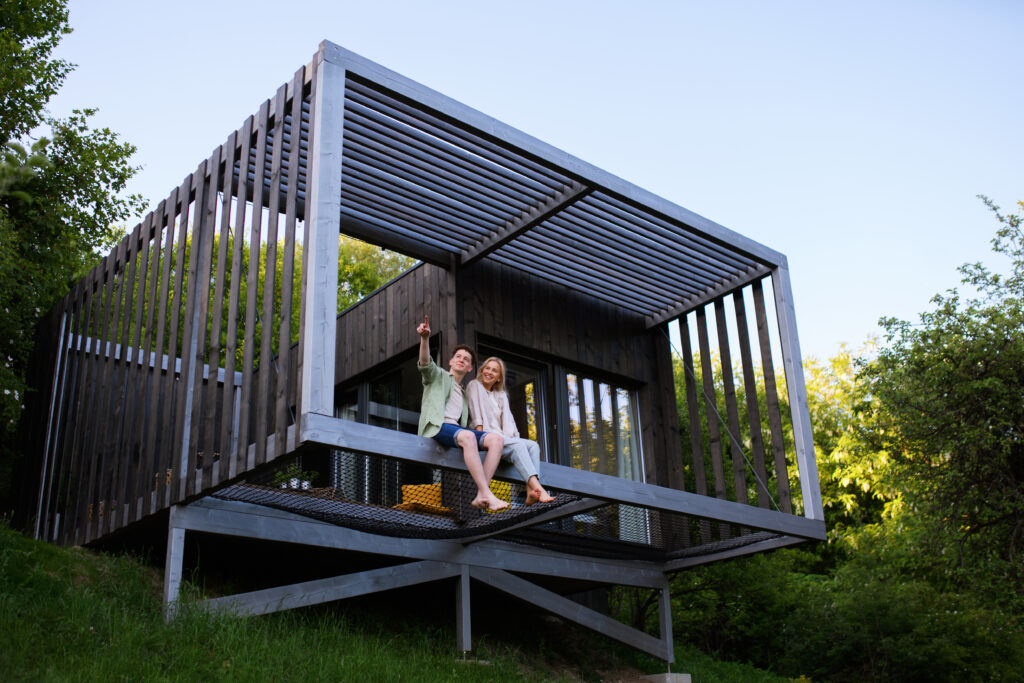
One of the greatest advantages of tiny homes is their sustainability.
These little houses have designs that aim to have a smaller environmental footprint, making them perfect for individuals who want to reduce their carbon footprint and embrace a more eco-friendly lifestyle. But what exactly makes tiny homes more sustainable?
First off, they require less energy to heat and cool than larger homes. With less square footage, tiny homes need fewer resources to keep them at a comfortable temperature, which means less energy use and lower energy bills.
In addition, many tiny homes are built with sustainable materials, such as reclaimed wood or recycled steel. These materials are not only good for the environment but also add character and charm to the tiny home. Many tiny homes also use alternative energy sources like solar panels to power their electricity needs, further reducing their carbon footprint.
Tiny homes also encourage residents to live more simply and consume less. Less room makes us more intentional about what we bring into our houses, leading to a more sustainable lifestyle.
So if you’re someone who cares about the environment and wants to make a difference, a tiny home might just be the perfect option for you. Not only will you be reducing your carbon footprint, but you’ll also be living a simpler, more intentional lifestyle.
They can be more affordable
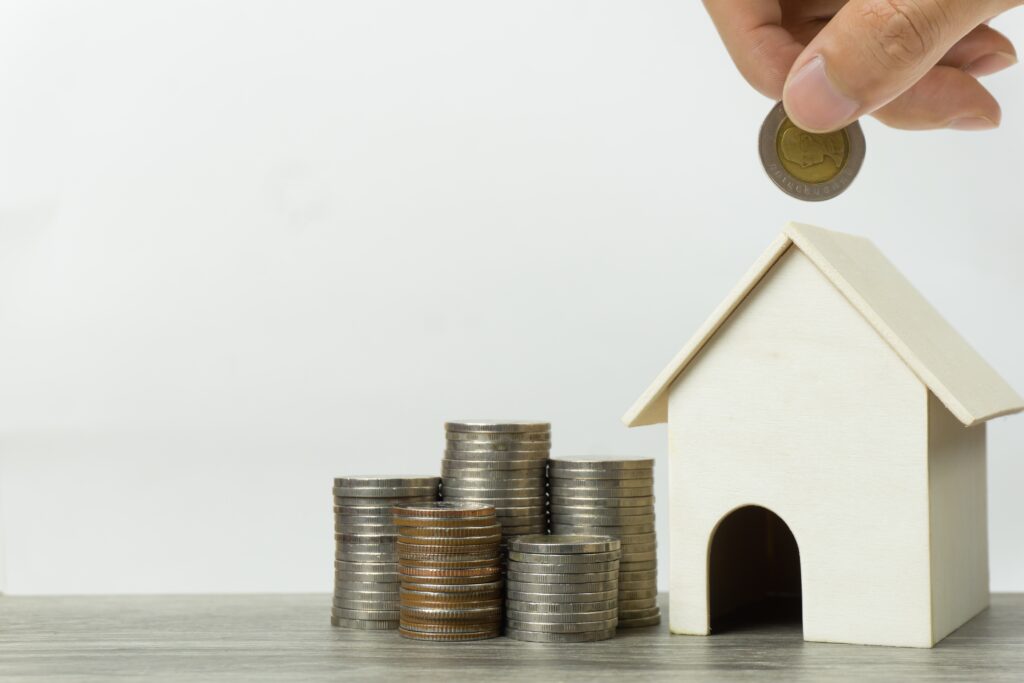
One of the biggest benefits of tiny homes is that they can be more affordable than traditional housing. With the rising cost of homes and the growing demand for sustainable living, tiny homes offer a more accessible option for many people.
For starters, the cost of building a tiny home is typically much lower than that of a standard-sized house. You’re essentially building a small, customized space, which requires fewer materials and less labor. Additionally, you can often find materials and appliances at lower prices because they don’t have to be as large.
Another advantage of tiny homes is that they can be mobile. Instead of purchasing a plot of land or paying high rent, you can park your tiny home on someone else’s property for a lower fee. Or, if you want to change locations frequently, you can move your tiny home with you.
For those interested in homeownership but don’t want to commit to a large mortgage, tiny homes offer a more feasible option. You can own your own home and still have the freedom to move around if necessary. Plus, with the low cost of living, you’ll have more financial freedom to enjoy life on your terms.
Overall, tiny homes offer a way for more people to enjoy homeownership and sustainable living without breaking the bank. As they continue to grow in popularity, we may see even more creative solutions for affordable housing in the future.
They offer an alternative to traditional housing
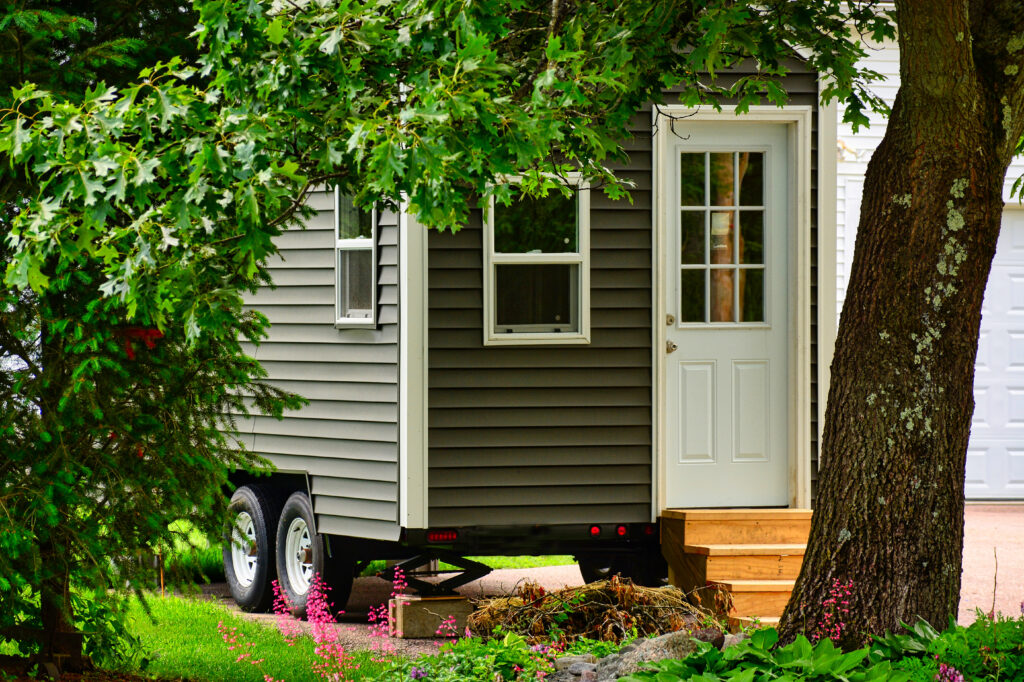
In addition to being more sustainable and affordable, tiny homes also provide an alternative to traditional housing.
As cities and urban areas become increasingly crowded and expensive, many people are turning to tiny homes as a way to escape the high cost of living and have more control over their living space.
Tiny homes offer the freedom to move around and explore new locations without the burden of a mortgage or expensive rent. Many tiny homeowners also enjoy the sense of simplicity and minimalism that comes with living in a smaller space. It allows them to focus on what is truly important to them, such as family, friends, hobbies, or work.
Furthermore, owners can customize tiny homes to meet their specific needs because they are versatile. They can design them for off-grid living, enabling independence from the electricity grid, sewage system, and water supply. This allows individuals to live in rural areas without compromising modern amenities.
Additionally, tiny homes can be used as a guest house or a vacation rental. This allows homeowners to earn extra income while providing an affordable and unique accommodation option for travelers. Some homeowners even use their tiny homes as a workspace or a studio, creating a dedicated space for their creative endeavors or home-based businesses.
They’re becoming more available
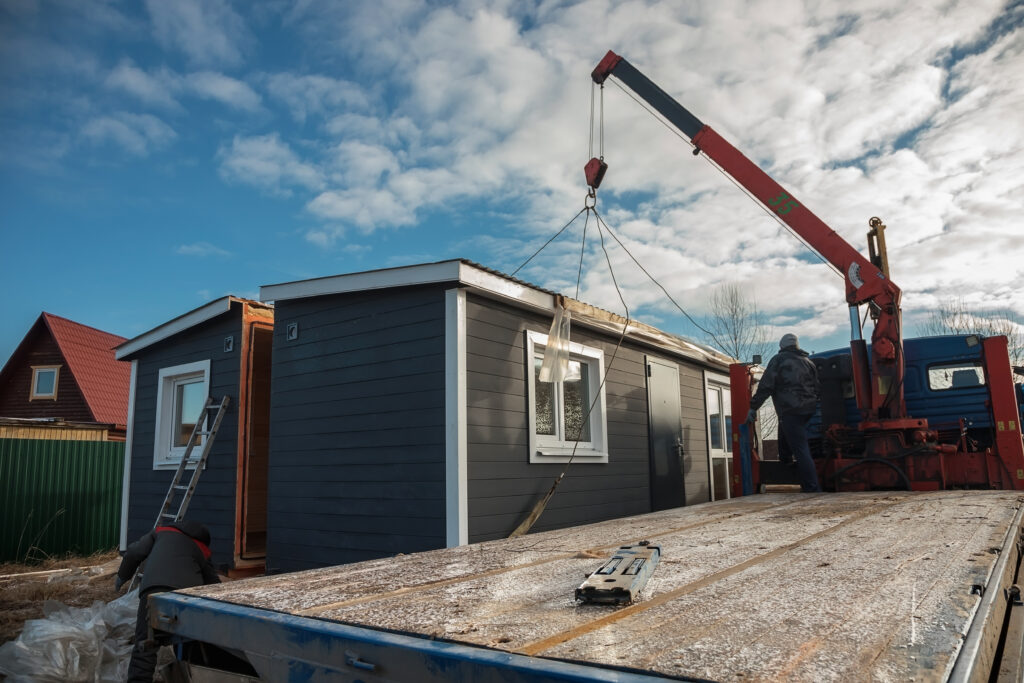
Not too long ago, the idea of owning a tiny home seemed far-fetched for most people. However, in recent years, the tiny home movement has been gaining momentum and they are now more accessible than ever before.
One of the reasons for this is the increasing number of builders and companies specializing in tiny home construction. This means that prospective tiny homeowners have a wider range of options and styles to choose from, including prefabricated homes that can be easily delivered to their desired location.
In addition, some cities have started to allow tiny homes to be built as accessory dwelling units (ADUs) on existing residential properties. This provides a solution for homeowners who want to downsize but still stay close to their families or friends.
Another option for those interested in tiny homes is to buy or rent one in a tiny home community. These communities offer a unique sense of community and shared values among residents who prioritize sustainability, simplicity, and intentional living.
Overall, more individuals are considering tiny homes as a home alternative due to their growing availability. As tiny home designs and construction get more creative and innovative, their impact on the housing market will only increase.
Ready to sell your property? Give us a call today and learn more about our professional photography services and marketing that can boost your property listing!
Plus, explore our virtual assistant coaching program to level up your business. Don’t forget to tune into our new podcast for even more valuable insights!
